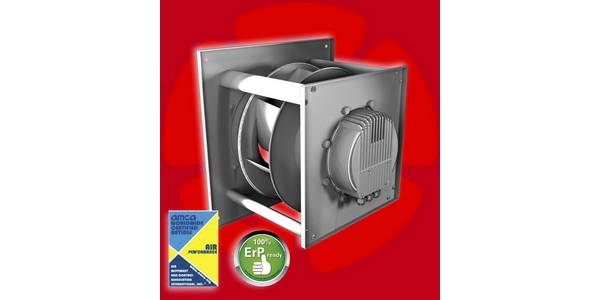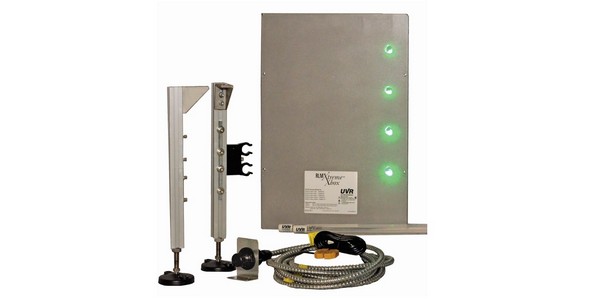Department of Energy Invests to Save on Heating, Cooling and Lighting
WASHINGTON, D.C. — As part of the Obama Administration’s efforts to reduce energy bills for American families and businesses and reduce greenhouse gas emissions, the Department of Energy announced 12 projects to develop innovative heating, cooling and insulation technologies, as well as open source energy efficiency software to help homes and commercial buildings save energy and money. These projects will receive a nearly $9-million DOE investment, matched by about $1 million in private sector funding.
“Energy efficient technologies – from improved heating and cooling systems to better windows and lighting – provide one of the clearest and most cost-effective opportunities to save consumers money while curbing greenhouse gas pollution,” said Assistant Secretary for Energy Efficiency and Renewable Energy David Danielson. “User-friendly tools that quickly and cheaply analyze energy use will also help businesses and homeowners make better use of those technologies to save energy and lower their utility bills.”
Commercial and residential buildings use nearly 40 percent of the total energy consumed in the United States each year and produce more than 40 percent of the nation’s carbon pollution. According to the Energy Information Administration, about 48 percent of energy consumption in U.S. homes in 2009 was for heating and cooling, down from 53 percent in 1993. While better insulation and more efficient windows and equipment helped precipitate this decline, the projects recently announced are focused on furthering these savings.
Next Generation Energy Efficient Buildings Technologies
The DOE announced about $6 million to nine projects that will develop new energy-efficient building technologies, including heating, ventilation and air conditioning systems and building insulation. The projects will also help curb emissions of HFCs. In the United States, emissions of HFCs are expected to nearly triple by 2030, and double from current levels of 1.5 percent of greenhouse gas emissions to 3 percent by 2020.
See a full list of the nine research and development projects , which include:
- National Renewable Energy Laboratory ($750,000 DOE investment): The project will develop affordable insulation plastic film for large windows. The transparent film easily fits on top of the window glass and uses a material familiar to the construction industry, helping to reduce manufacturing and supply chain costs.
- Sandia National Laboratories and United Technologies Research Center ($750,000 DOE investment): This project will help demonstrate a rotating heat exchanger technology for residential HVAC systems. The heat pump will improve HVAC system cycle efficiency and increase the use of heat pumps in colder climates.
- Thermolift, Oak Ridge National Laboratory, Stony Brook University and National Grid ($750,000 DOE investment): This project will help commercialize a natural gas heat pump to provide heating, cooling and hot water for homes and commercial buildings. The all-in-one unit will not use harmful HFCs and refrigerants and could triple space heating efficiency.
Open Source Energy Efficiency Software
The DOE also announced up to $3 million to three projects – led by the University of California, Virginia Tech and Carnegie Mellon University – to develop open source software that helps building owners and operators measure, monitor and adjust lighting, HVAC and water heating energy use to save energy without compromising performance. According to a study by the Pacific Northwest National Laboratory, commercial building owners could save an average of 38 percent on heating and cooling bills by installing energy control systems. Find additional detail on these projects.




